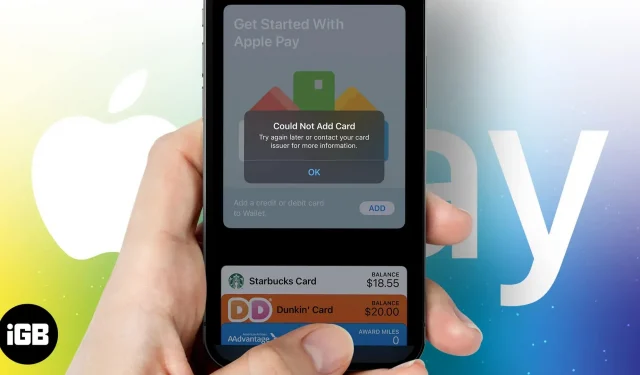Apple Pay lets you add cards and make payments through your iPhone and iPad. It also enables NFC payments, making it easier to pay bills in stores by touching the device to a POS terminal. Besides, it also looks cool.
However, you must first add cards to Apple Pay in order to make payments through the app. And, if you’ve been running into trouble adding cards to Apple Pay lately, read on as I have 11 fixes to fix this issue.
1. Check your internet connection
Sometimes your iPhone is connected to Wi-Fi, but you can’t access the Internet. The same thing can happen if you have mobile data turned on but you don’t have much bandwidth. In such cases, your best bet is to disable Wi-Fi/Mobile Data and enable it again.
If the connection issues are still there, our article shares a few other fixes for iPhone connected to Wi-Fi without Internet access. If not, go to the next step.
2. Check your Apple Pay status
If Apple Pay doesn’t work on the server side, there’s nothing you can do but wait for the servers to go live. Here is how you can check the status of Apple services and Apple Pay specifically in this context:
- Open the Apple System Status page in a browser.
- Go to Apple Pay & Wallets and check the status of the service.
- If the sign is green, the service is available. Hence, you will have to follow the fixes below to fix this issue.
- If the sign is red, the servers are down. You will have to wait until the issue is resolved.

3. Contact your bank
Apple Pay supports a limited number of countries. While most banks in these countries support this service, it’s possible that the bank or financial institution you have an account with isn’t supported by Apple Pay. If you are in such a pickle, contact the financial institution and ask the same.
In addition, you can also verify this list of Apple Pay participating banks in Canada, Latin America, and the United States.
4. Check for software updates
A software bug may be preventing you from adding your card to Apple Pay. This software error can be in the application or the operating system. However, you have nothing to worry about as Apple has a good track record of fixing bugs with regular software updates.
Hence, update Apple pay & Wallet on your iPhone or iPad. Also, check for any pending operating system software updates.
5. Remove extra cards
Apple allows users to add up to 12 cards on iPhone 8 and later and Apple Watch Series 3 and later. If you are using an iPhone 7 or older, you can add 8 cards. It is not possible to add more cards if you have already reached the upper limit.
If for any reason you want to add a new card to your existing wallet, the only solution is to remove the cards you use the least and add a new card. Upgrading to a newer device is another solution, but not feasible.
6. Check your Apple ID and device region.
I already mentioned that Apple Pay is available in some regions. If you have changed your device region or Apple ID to an unsupported country, you will need to change it.
Here’s how to do it:
- Open settings.
- Select General.
- Click “Language and Region”.
- Click “Region”and select your region.
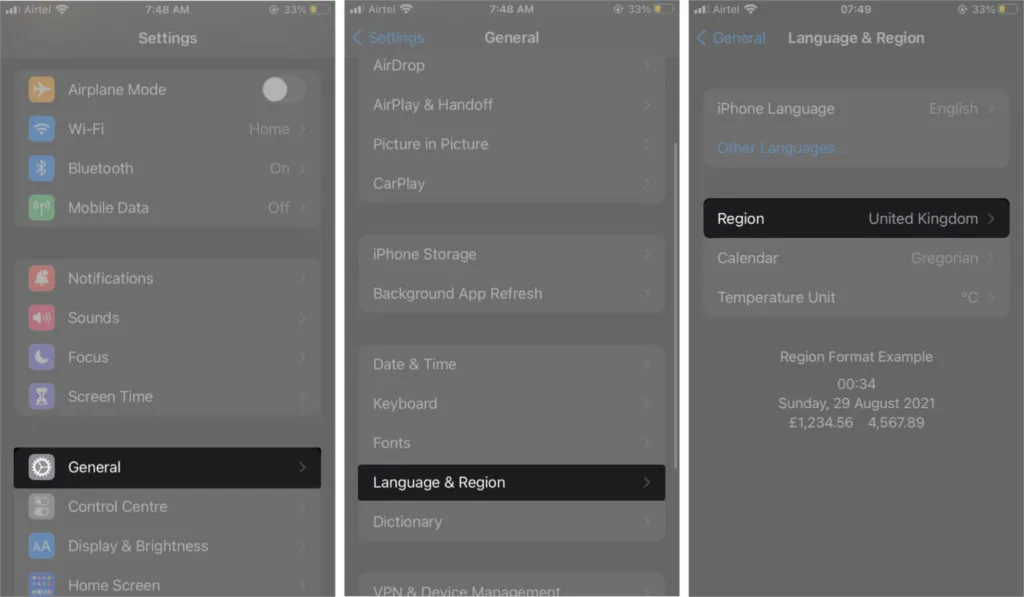
Here is how to change Apple ID region,
- Open settings.
- Click on your account name.
- Select Media & Purchases → select View Account.
- Enter your Apple ID password.
- Now click “Country/Region”and select your region.
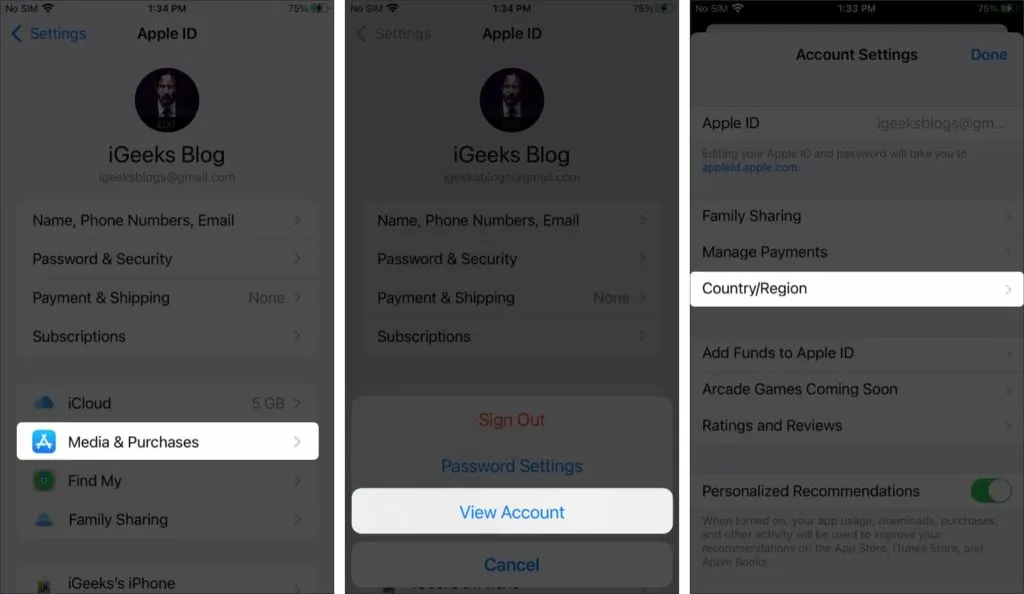
7. Disable VPN
Many of us use a VPN on iPhone or Mac to protect our online data and access regionally restricted websites. The latter usually interferes with the settings of our region, so it is recommended to disable the VPN. Once the VPN is turned off, add your cards to Apple Pay again.
8. Reactivate your iPhone passcode
Disabling iPhone passcode and then re-enabling it has helped fix this issue for several users. Follow the steps below to do the same:
- Open settings.
- Go to Face ID and passcode.
- Scroll down and click Disable Passcode.
- Enter your password.
- Now wait a few seconds and tap on the Enable Passcode option.
- Enter your new password and you’re done.
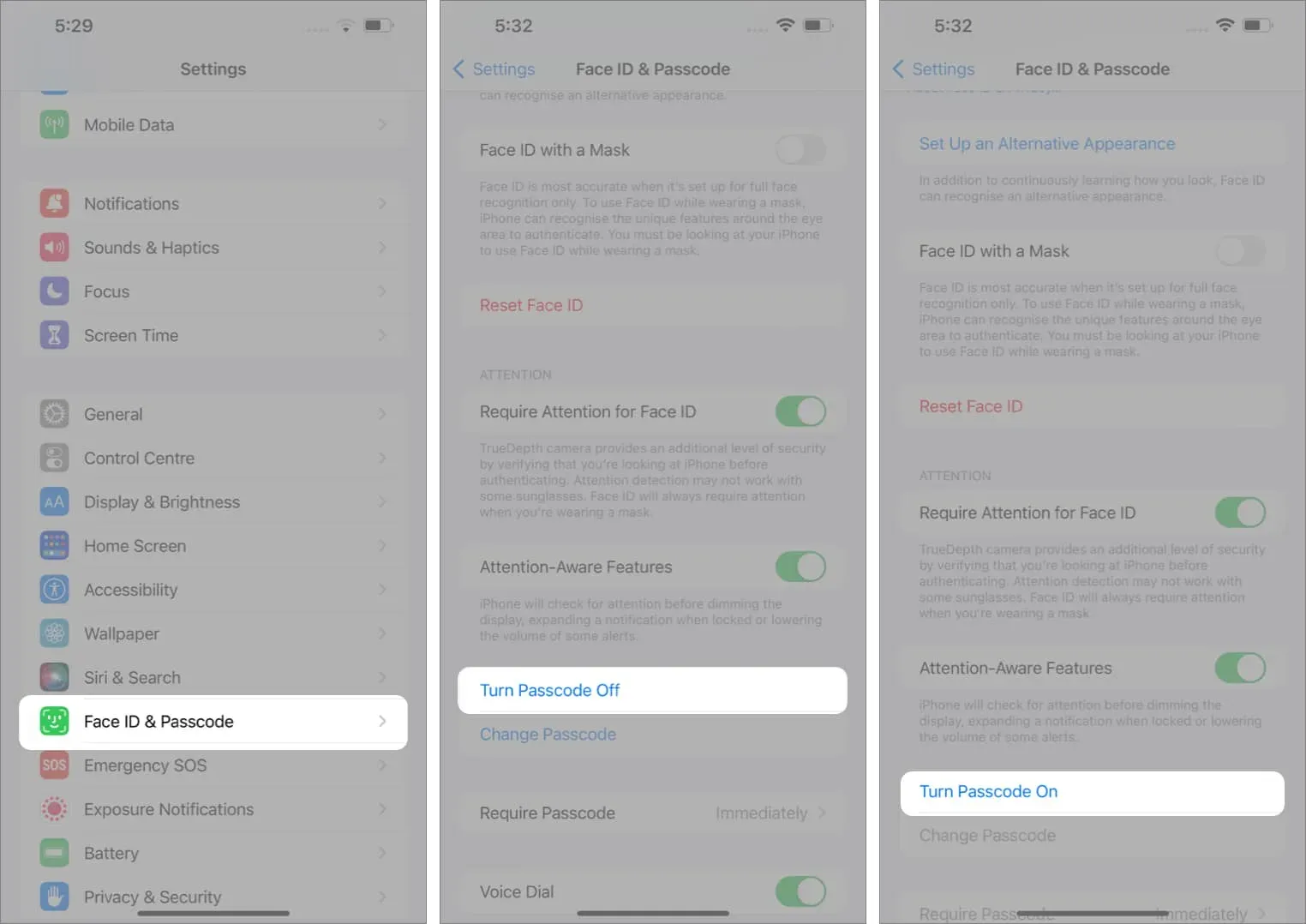
9. Restart your iPhone
If the solution mentioned above fails, the next step is to restart your iPhone. Restarting is a long-standing method that is known for solving problems. No matter what iPhone or iPad you have, here’s a guide to help you reset any iPhone or iPad model.
10. Reset iPhone to factory settings.
Resetting your iPhone to factory settings erases all errors causing errors. However, the downside is that you will lose all data on your iPhone or iPad. I recommend backing up your data and following the steps below:
- Open settings.
- Click Transfer or Reset iPhone.
- Select Delete All Content and Settings.
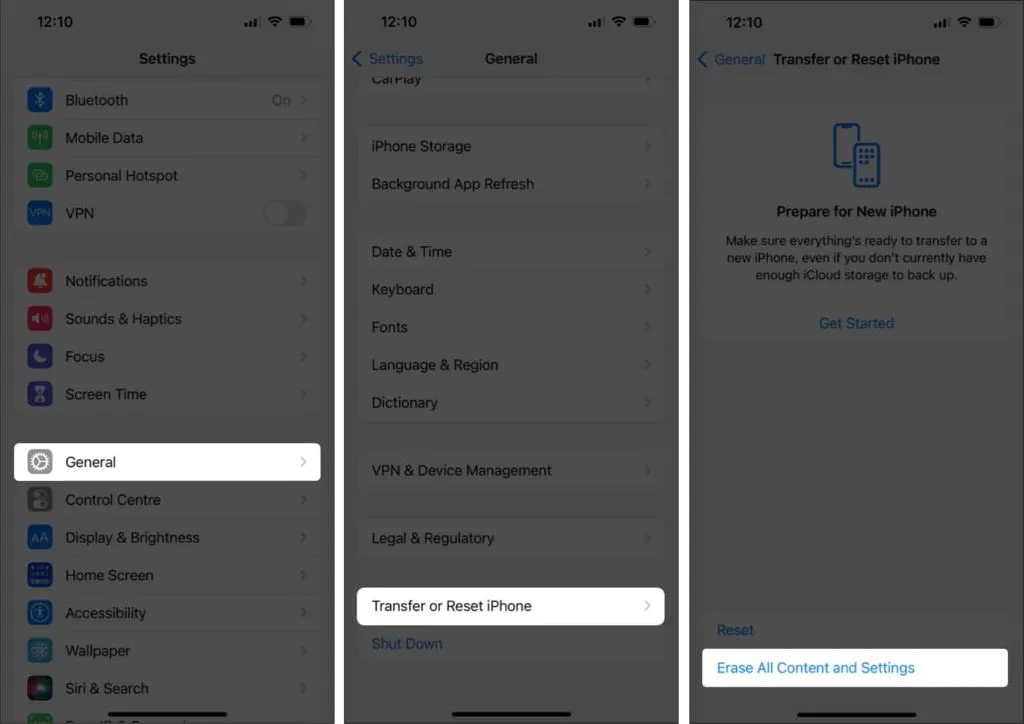
- On the next page, click Continue and enter your password.
After resetting a device, you can restore it from a backup.
11. Contact Apple Support
If you’re in an Apple Pay-enabled region, haven’t exceeded the upper card limit, followed all the steps mentioned above, and still can’t add your card to Apple Pay, contact Apple Support as a last resort. You can also take your device to an Apple Authorized Store near you. I hope Apple can help fix the problem.
That’s all!
I hope this guide helped you solve the problem of not being able to add cards to Apple Pay on your iPhone or iPad. Apple Pay is undeniably a great service, and the inability to add more than 12 cards to it is definitely a downside for some.
Do you think Apple should increase the number of cards supported by Apple Pay? Share your thoughts in the comments.
